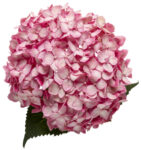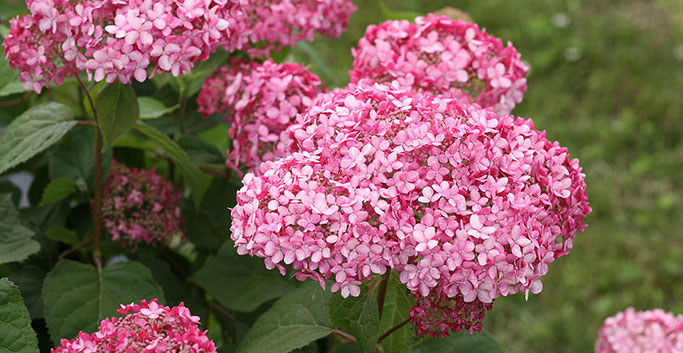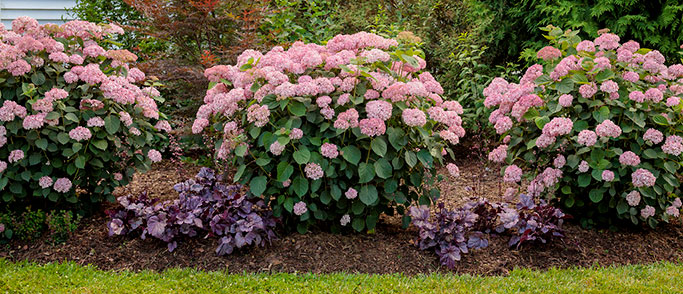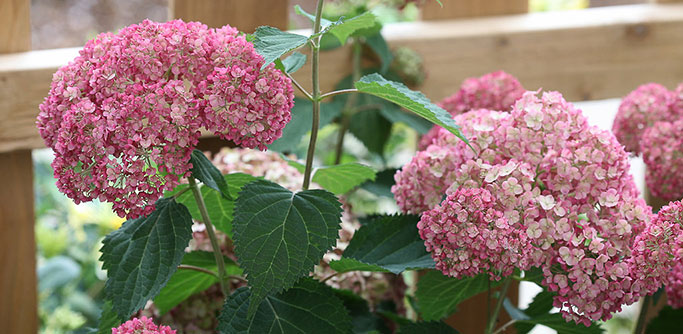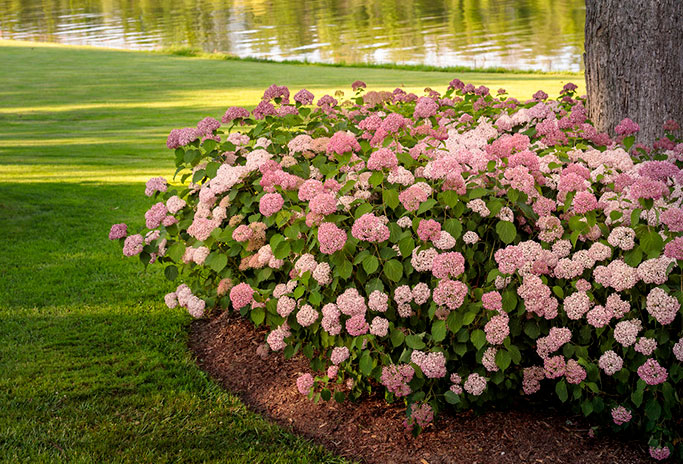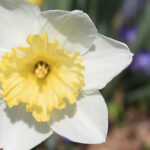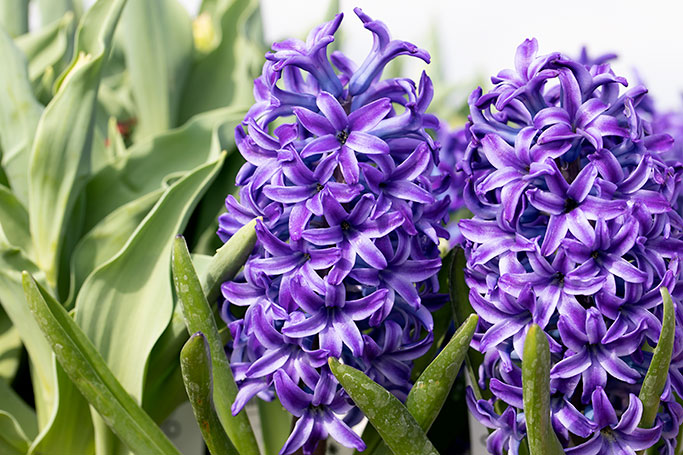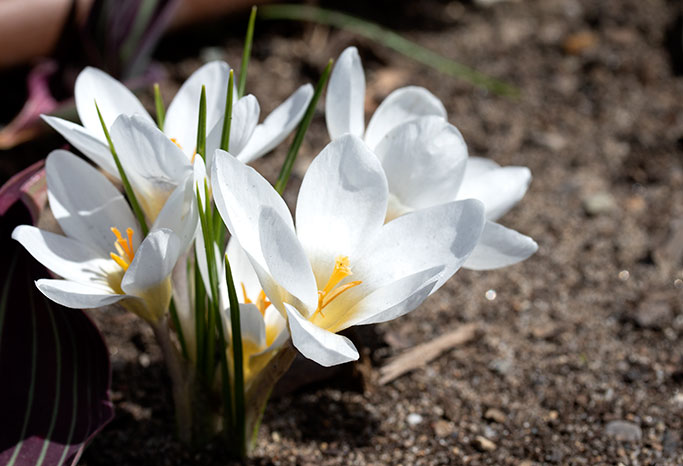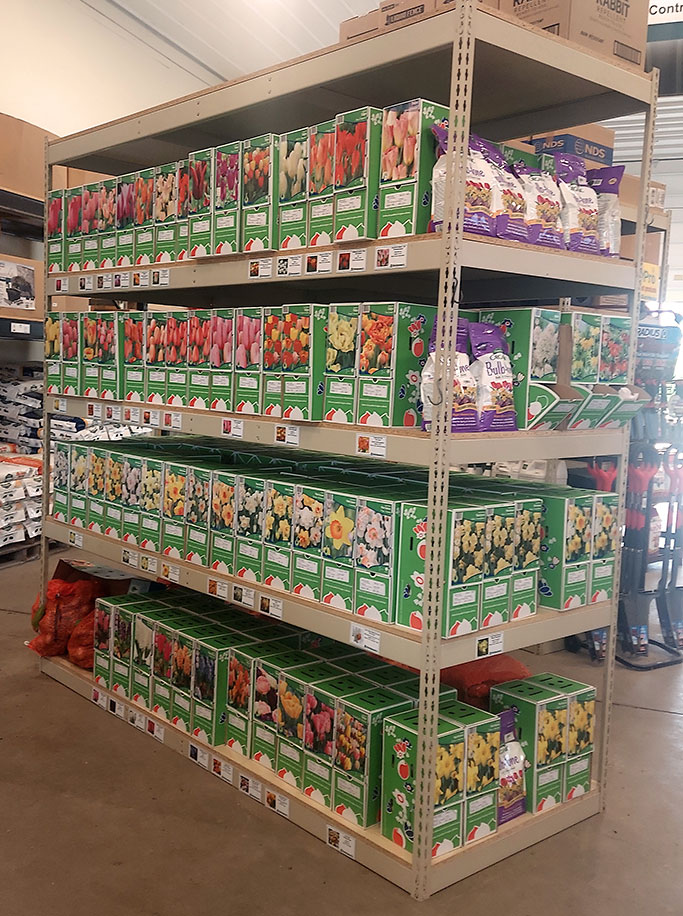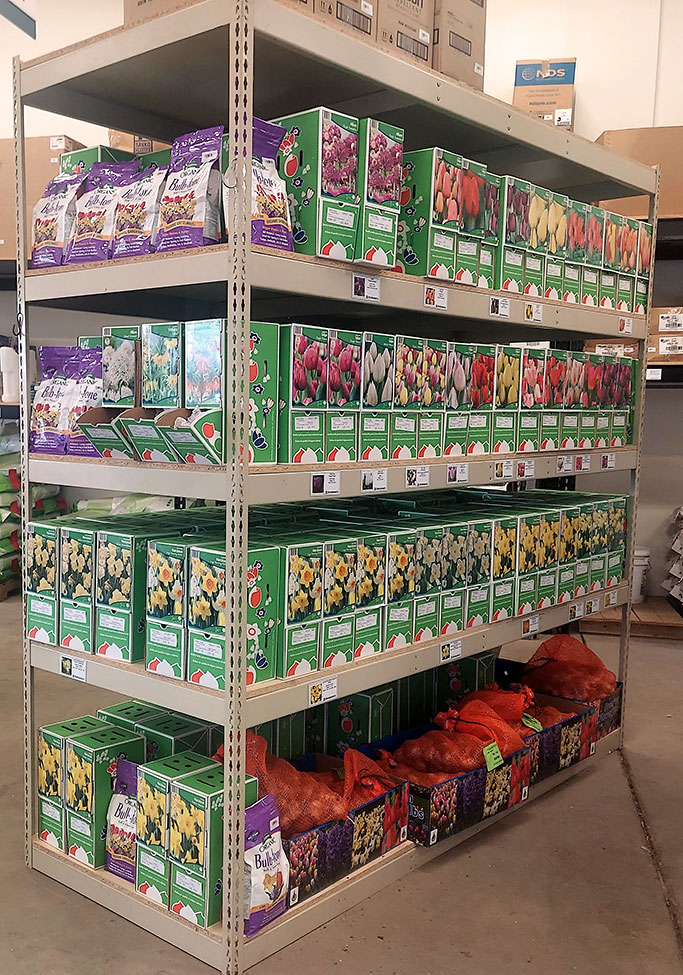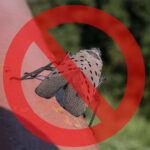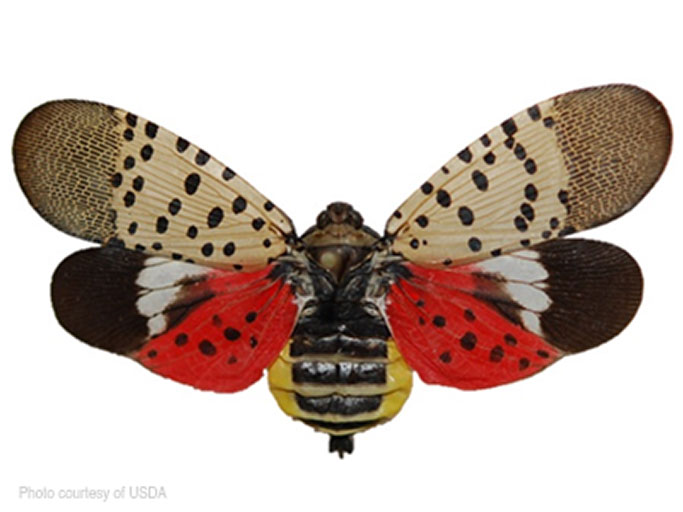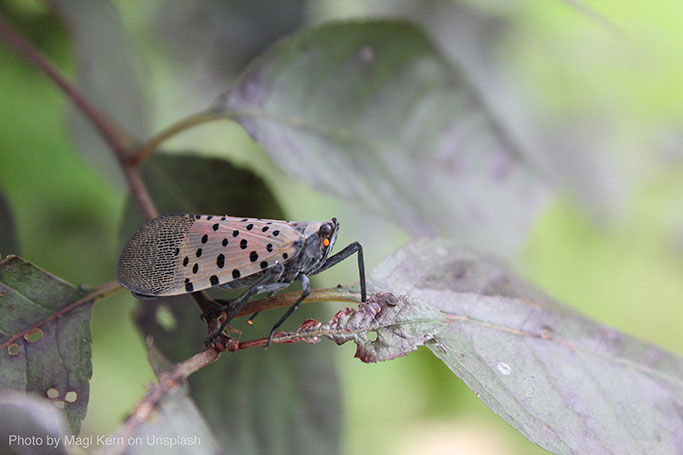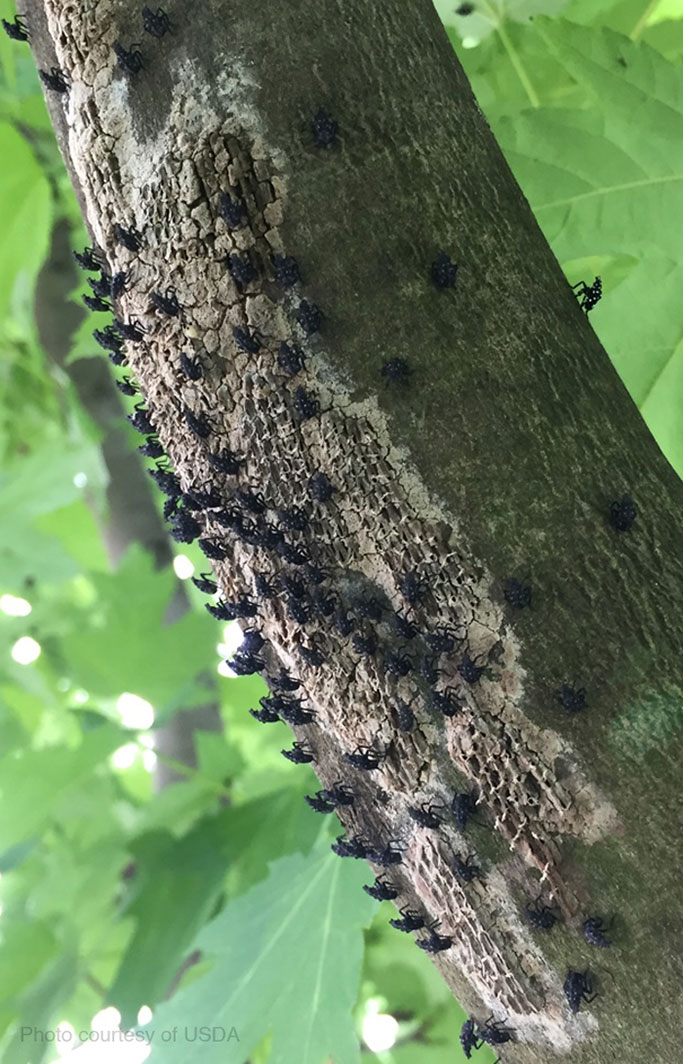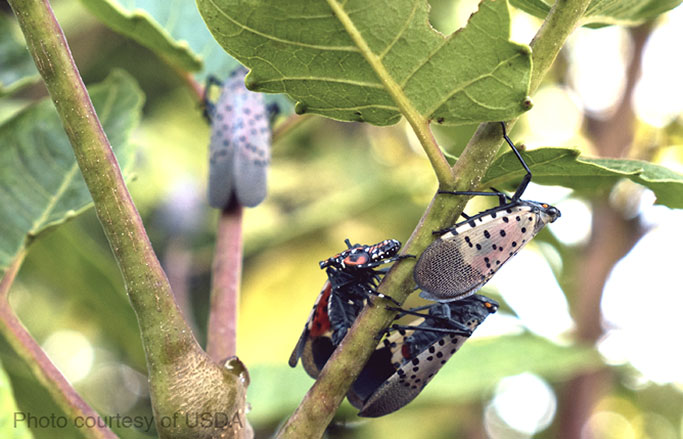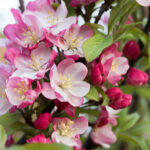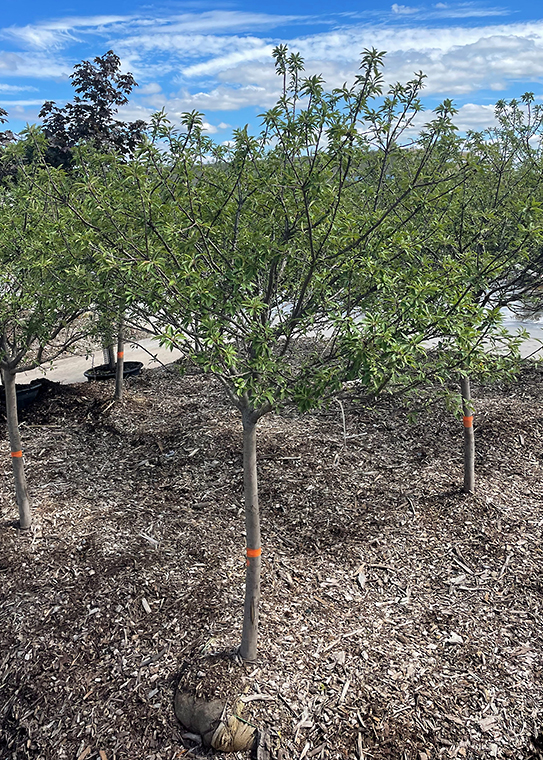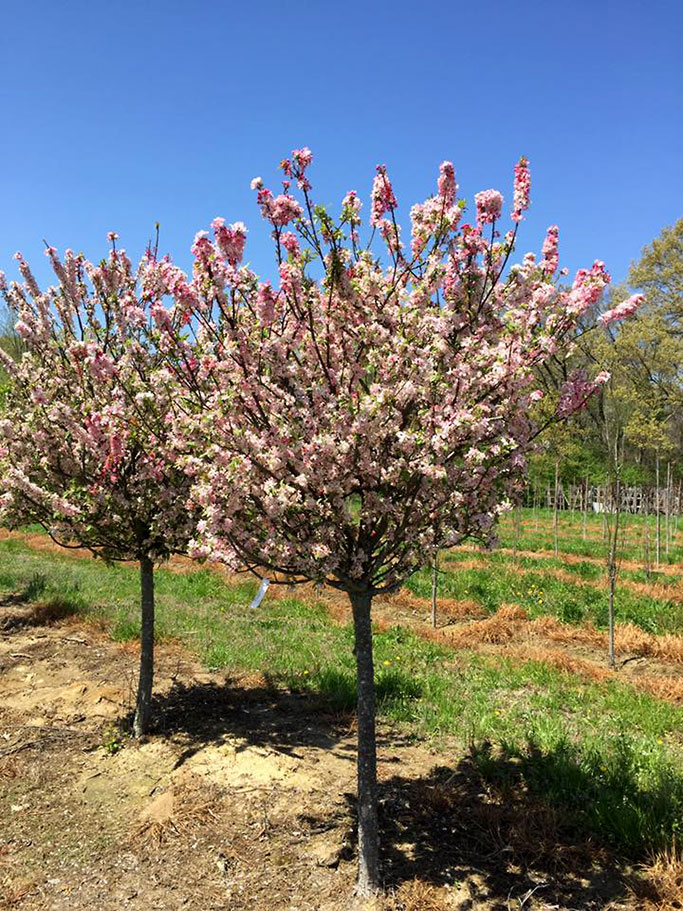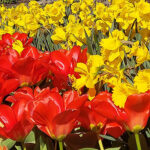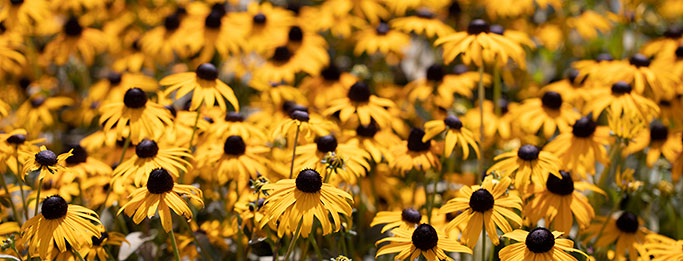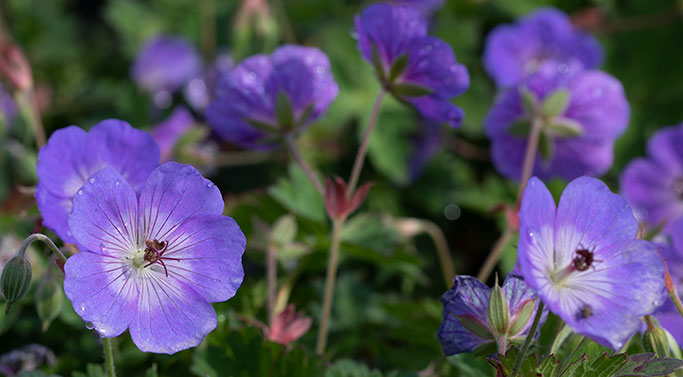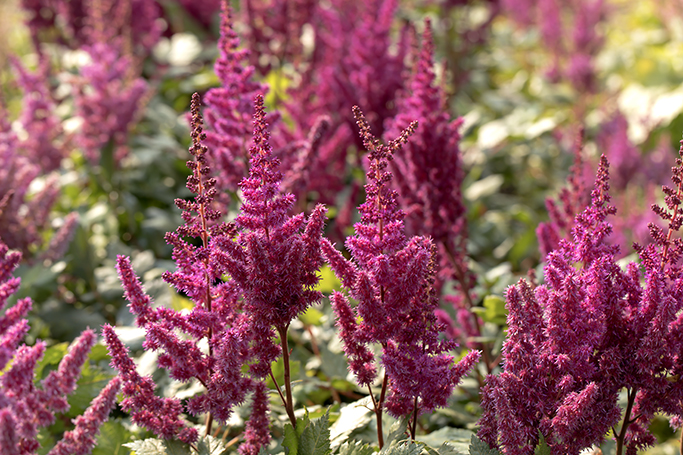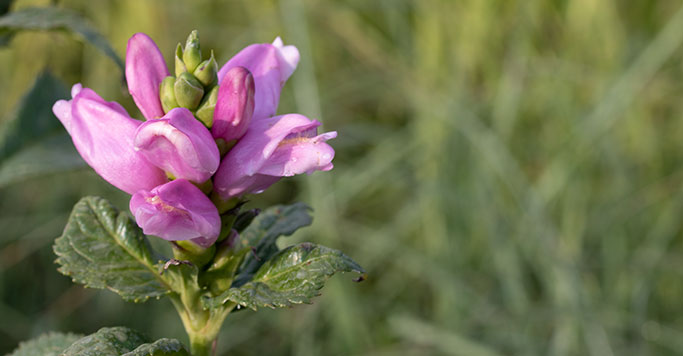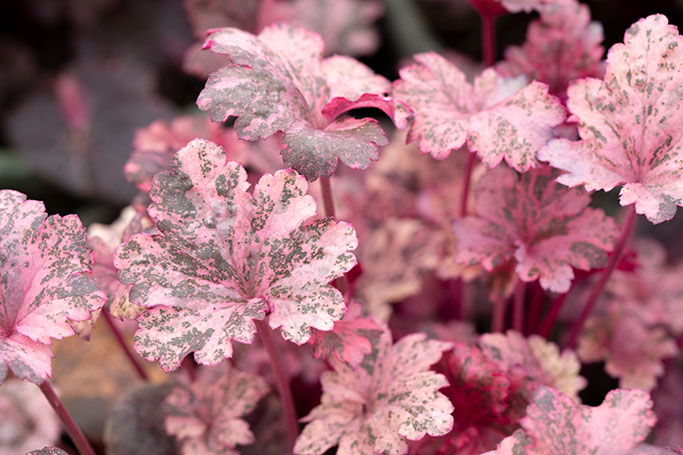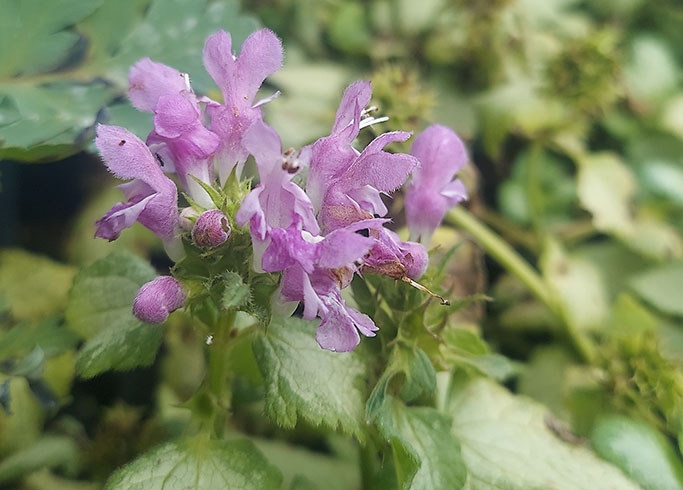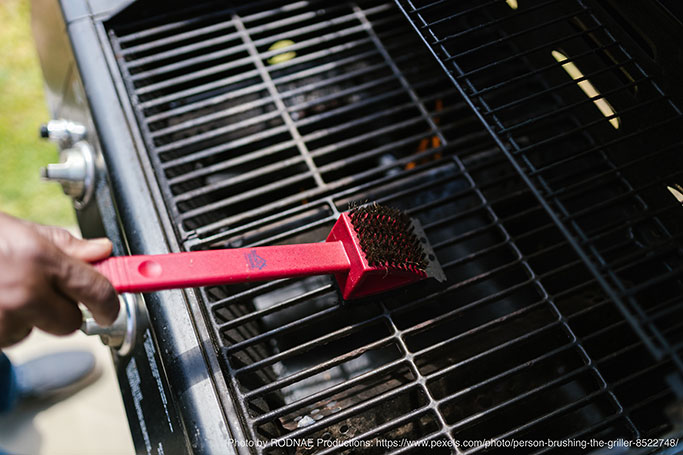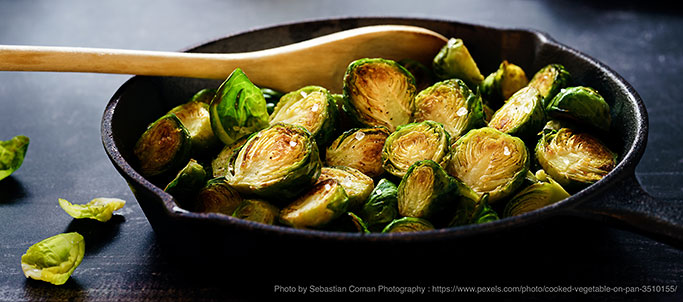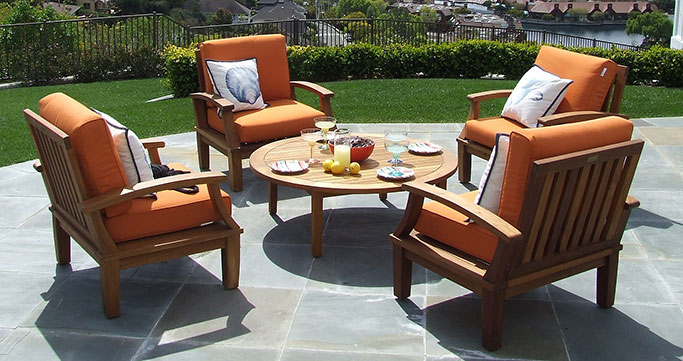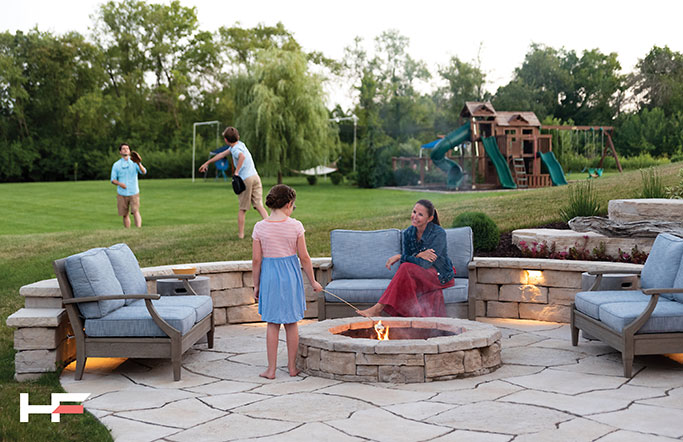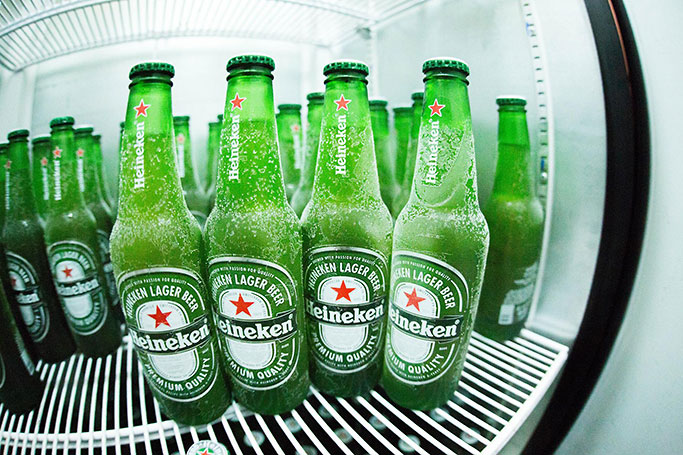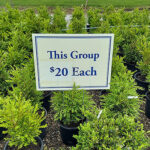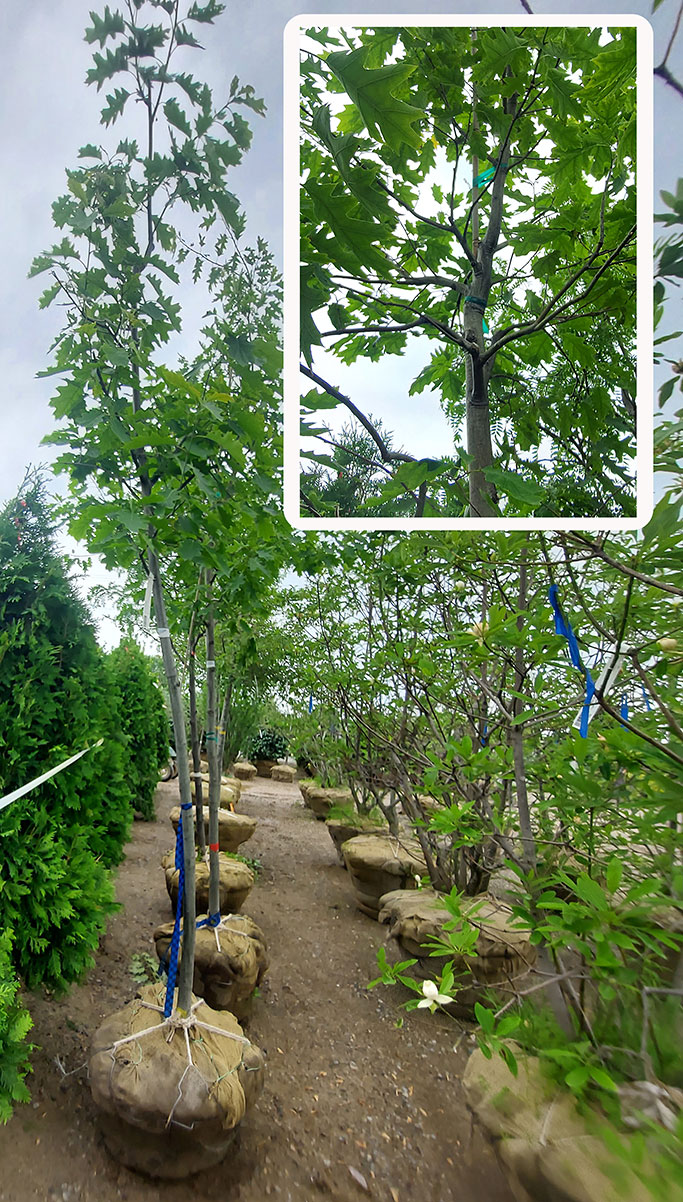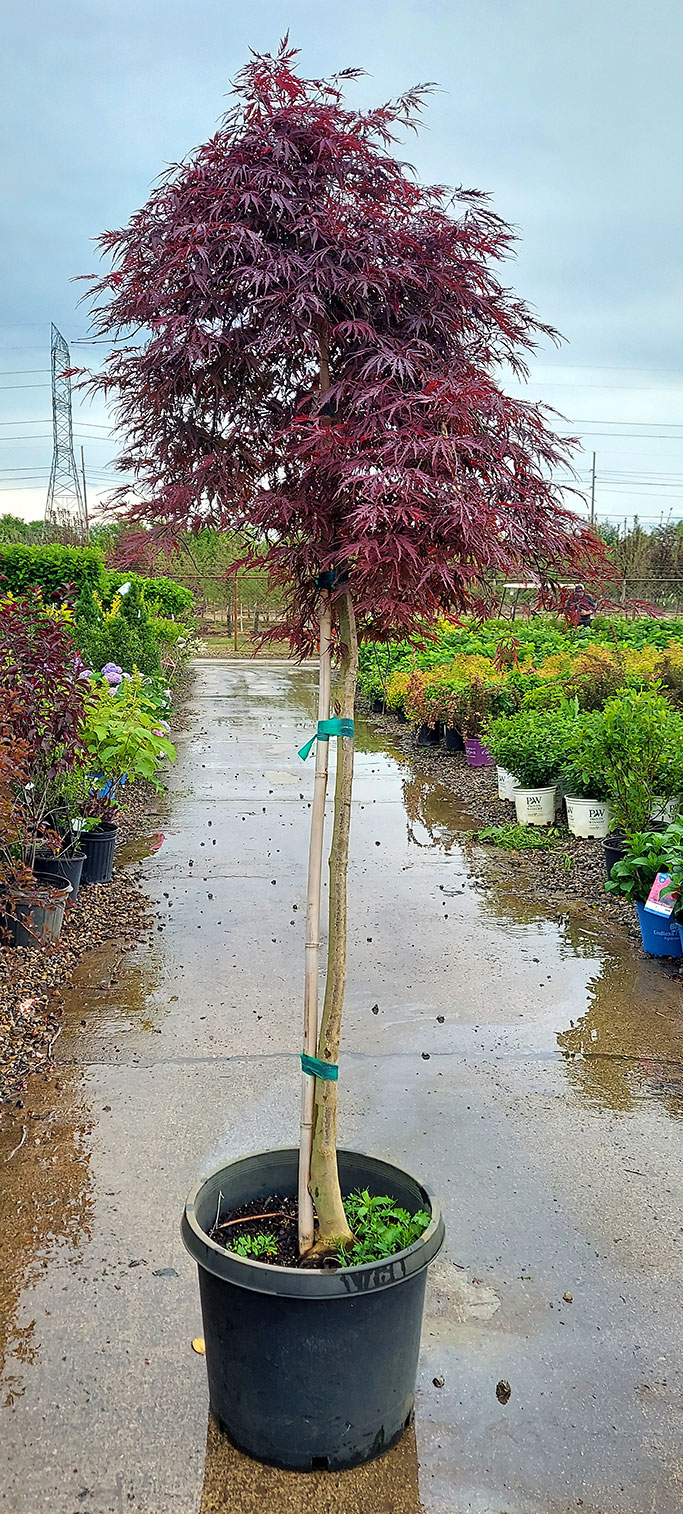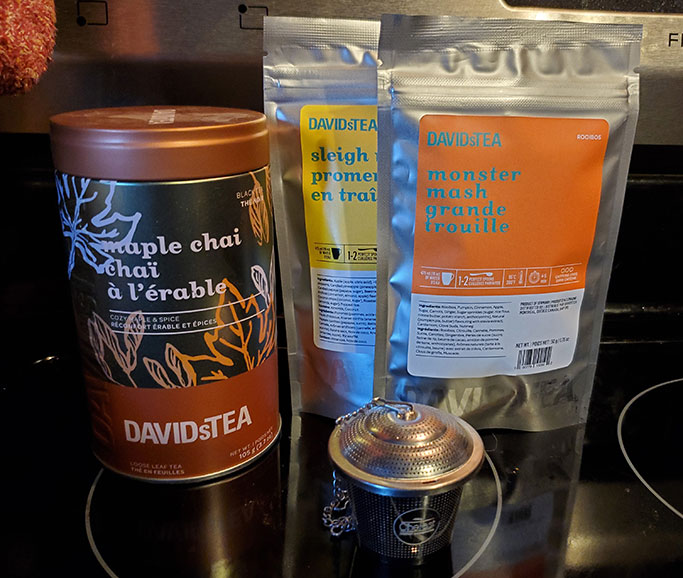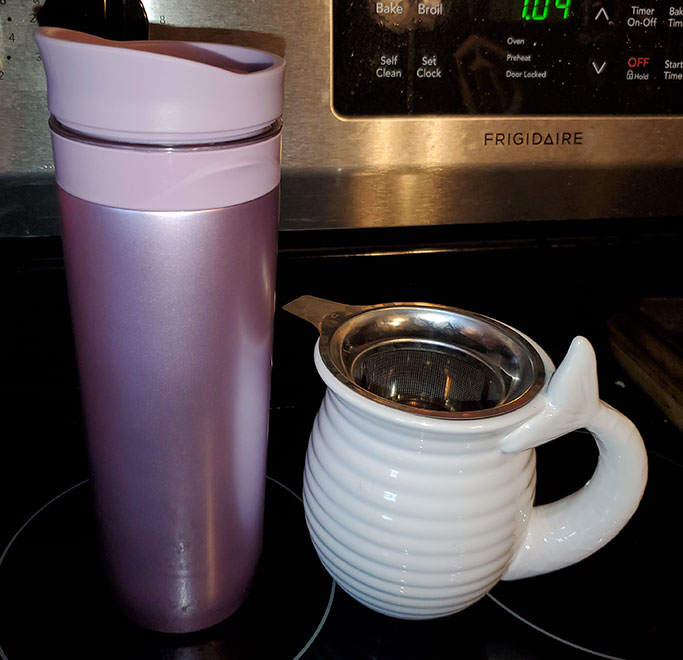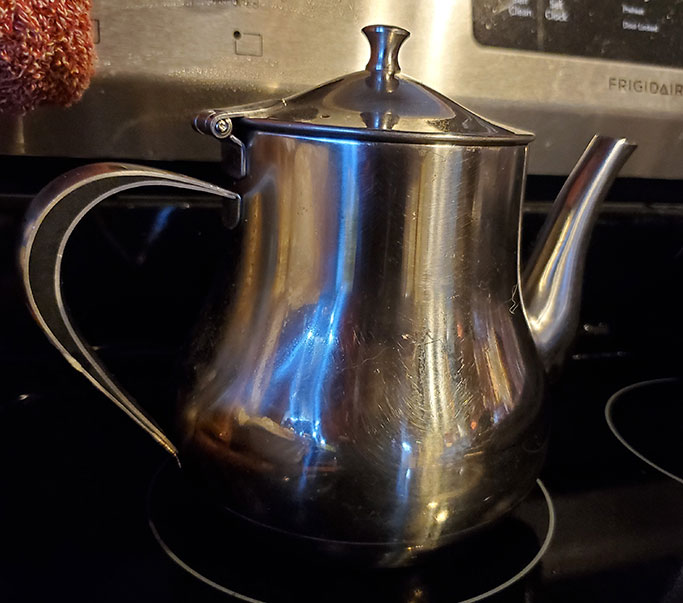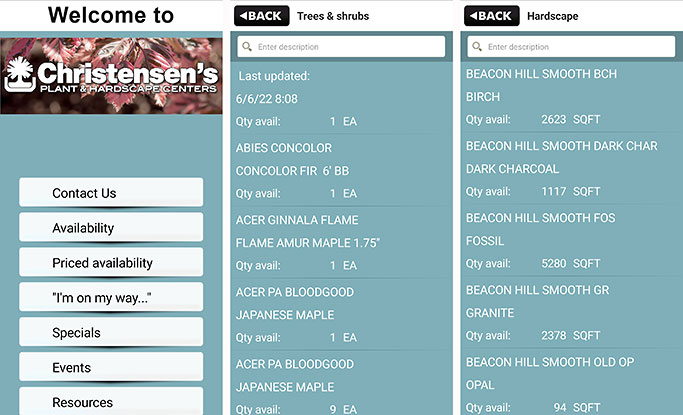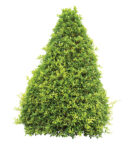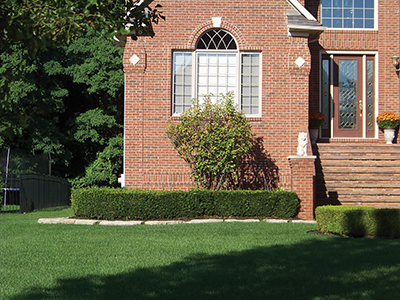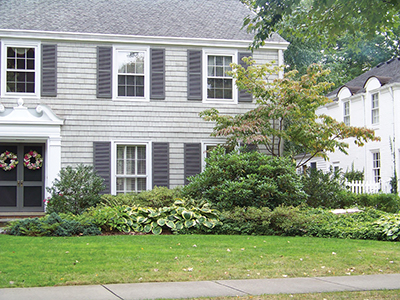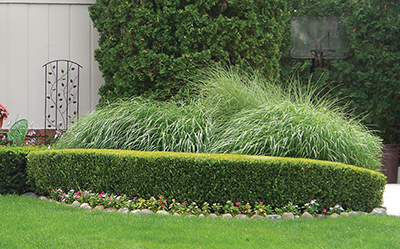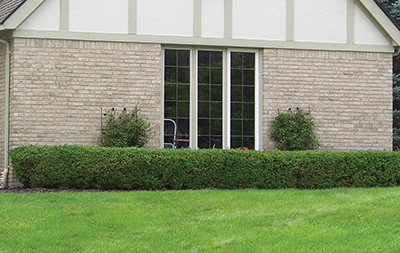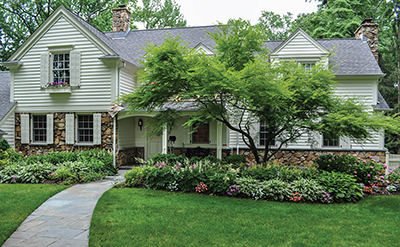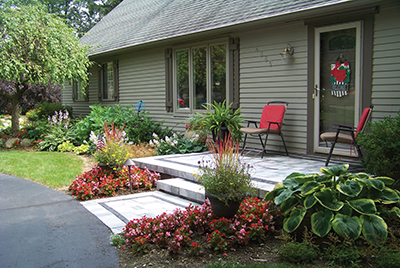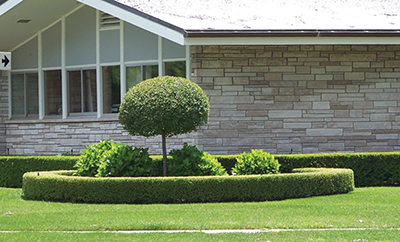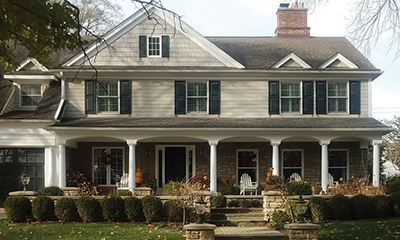While most people in our industry are very active throughout the busy season, as November dwindles into December, many of you will head toward hibernation and less movement. Personally, as my roles have changed here at Christensen's, I’ve found myself at a desk for more and more of my work day.
Of course, we know that there are an astounding number of health and productivity benefits associated with exercise and physical activity. Aside from obvious cardio and flexibility benefits, physical activity can improve concentration, lower stress, and help cut down on snacking at your desk. It really can make the day easier to get through!
When I was working outside I never really thought about how many steps I took, or if I got my heart rate up a couple of times per day, it just happened. Now,I have realized that staying active and flexible needs to be a built-in part of my day.

Here are a couple of ways to fit exercise into your busy schedule:
Stretching is something that I wish I had been doing my whole life. Now, I start the day with a morning stretch as I roll out of bed. It’s a mashup of yoga and a high school gym class warmup. I look like an idiot, but it sure feels great afterward. It only takes a couple minutes!
If the mood hits me right, I’ll immediately follow the stretching with some basic Qigong exercises. Qigong can easily be fit in during a workday. Internet search “qi clearing” for tips on thymus thumping, leg slapping, bouncing. Think about moments when you have a spare couple minutes like when waiting on the microwave at breaktime, or when you get back to your desk before you sit down. I like doing one of my favorites called “knocking on the doors of life” whilst talking on the phone.
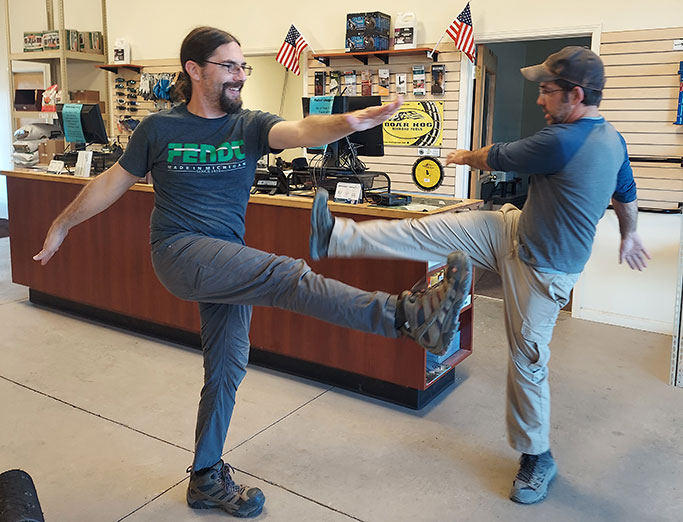
Something that I found important to do in the afternoon is getting my heart rate up. That last hour of the day can be tough to get through, but it’s a lot easier when you are feeling invigorated with your blood pumping. Jogging in place is one way, doing some push-ups against a desk works, too. Each day at 3:30 our computers tabulate the days business activity. This “countdown” event has turned into a great a reminder to get up and move! In the Hardscape building, we have endearingly called this afternoon cardio session “Countdown Calisthenics”. Our method encompasses a Nordic walk with a straight leg stretch and a torso twist. Stop by the Hardscape center sometime and mention the "cardio walk." I’ll show you how to do it, and we can share a healthy laugh.


